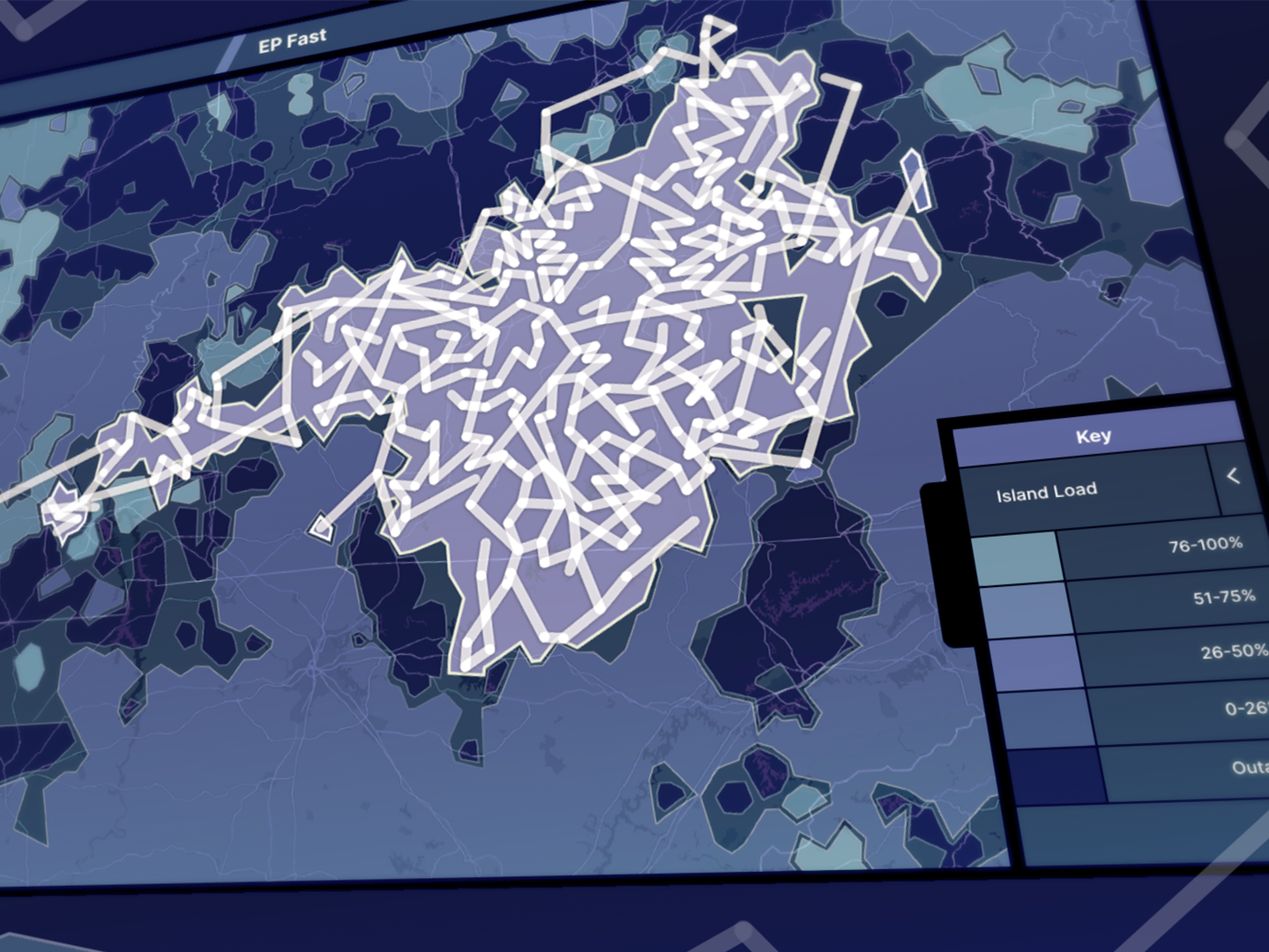SMART PLANT FACTORY
Developing a framework for values-driven systemic design
Developing a framework for values-driven systemic design
Overview
This project asks the question: How does a company's values affect the overall strategy it follows? Can this relationship be designed intentionally? This project uses the example of a hypothetical vertical farming company to frame the problem. I used the book Smart Plant Factory to learn about vertical farming technology and consulted several sources for insights on systemic reasoning & design. I created all the following diagrams to explore the relationship between four different values / business strategies and the plant factory itself.
Client
Personal
Role
Systemic Designer
What is Systemic Design?
Roadmap for this project
Defining Values
Small changes in the beginning lead to huge differences down the road
There are a number of methods for defining values. Often they occur organically, arising out of the business model of the company. Defining values this way is fine, but it ultimately lets the complex forces of the market and culture dictate decisions. Setting aside time where the leadership team can construct and/or revise a strong central vision using information from experts, users, team members, other stakeholders and society at large can prepare an organization for tough decisions.
Choosing a Mission
For this exercise, I'm going to explore four different missions for a Smart Plant Factory, examining the potential second-order effects of each choice on the business and technology systems. Such a process could be used to think through value-creation or implementation.
Mapping Systems
Creating the Gigamap
To intervene in systems, one must first understand them. I created a map to get the whole system on a page so that one can visually see points of leverage, critical technologies, or important connections, phases, functions etc. This, where a systems thinking exercise might end, is only one step in a systemic design project.
Applying Values
From Values to System Properties
From System Properties to Investment
Contending with Complexity
Complexity Styles
Every organization has to deal with complexity. Doing so in an intentional manner that is consistent with company values helps manage the noise. Complexity styles are a way for values to inform decisions related to complexity. This concept is based on research by Chih-Chun Chen and Nathan Crilly where synthetic biologists were interviewed about their methods for dealing with the complexities of biology. Three main strategies were identified. They are as follows.
From System Properties to Complexity Styles
More Coming Soon
This project is still a work in progress. I plan on returning with more systems techniques as I explore the topic.



